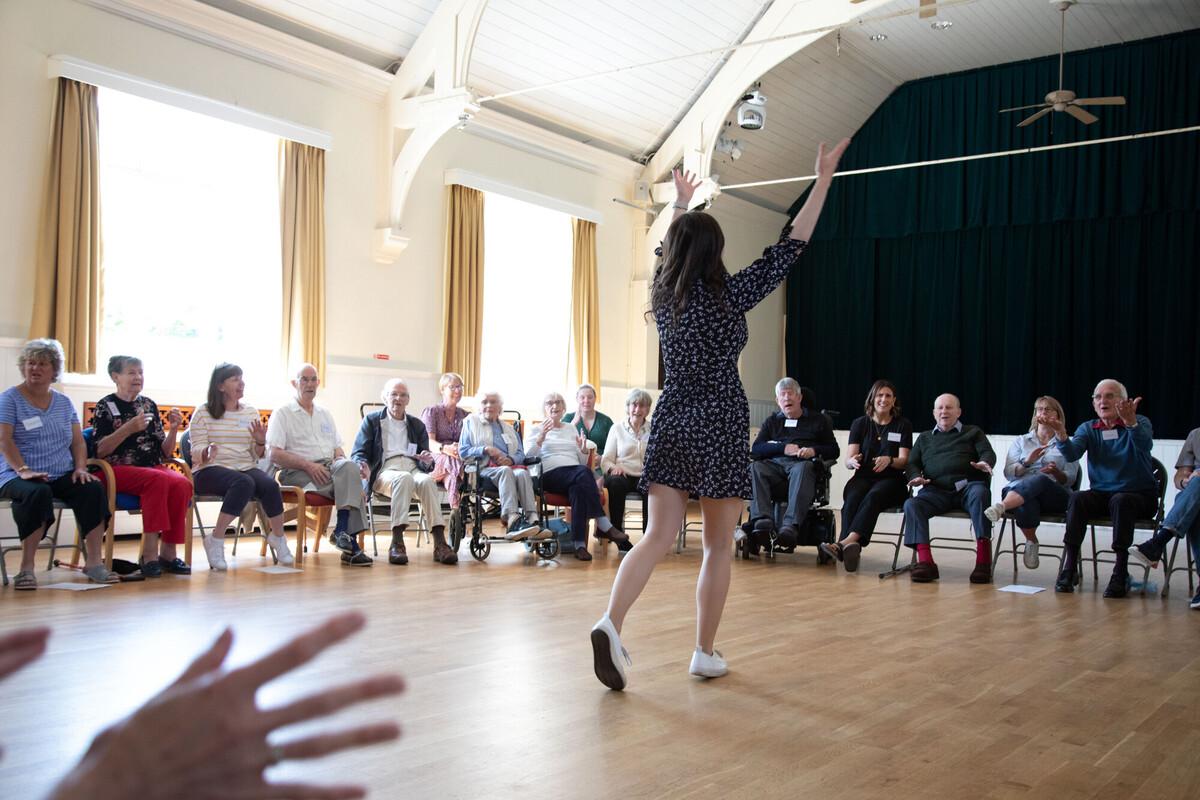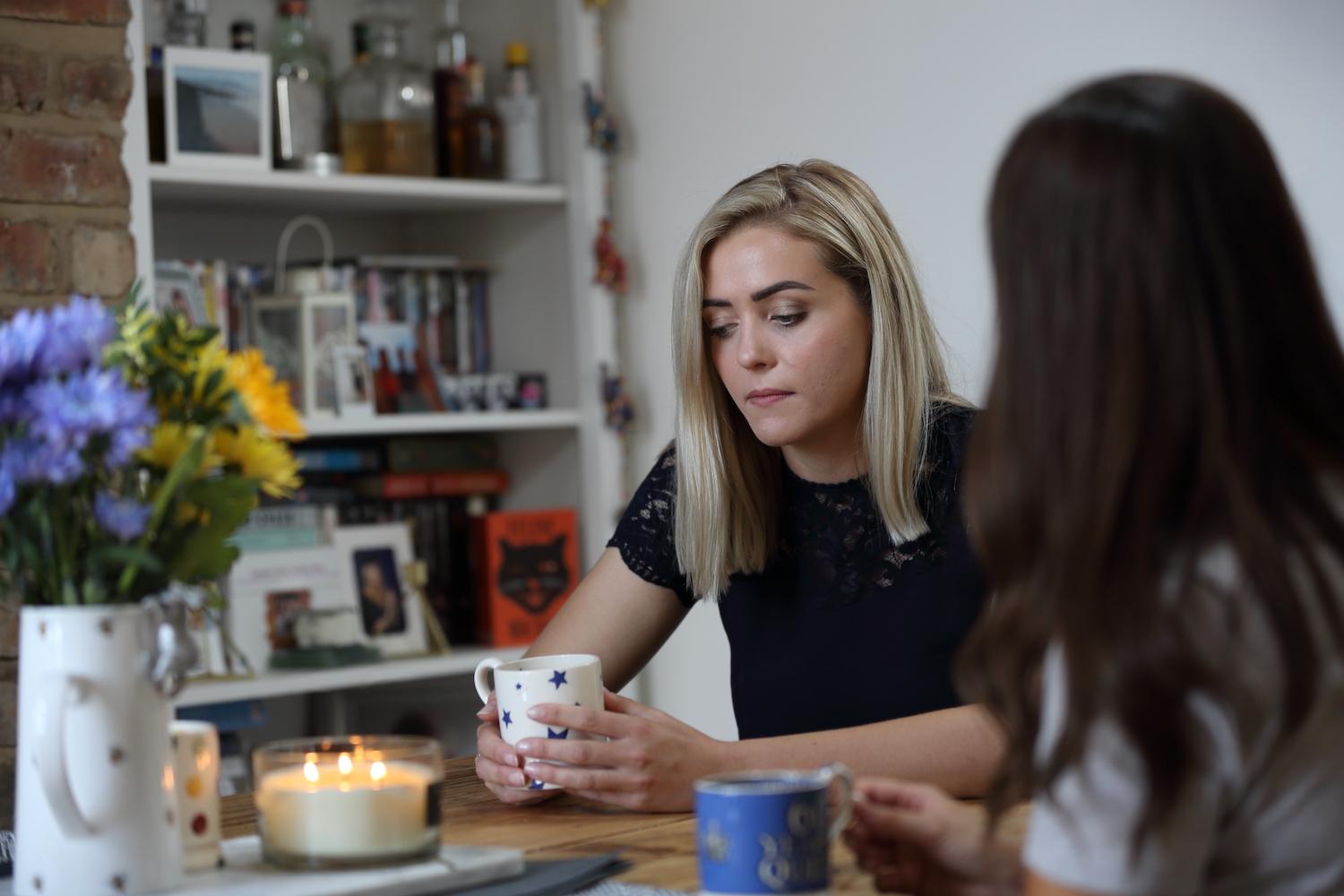We all know that exercise is good for you. But how do different types of exercise benefit you? This month we're looking at how flexibility helps in all areas of your life.
Exercise in general is important to maintaining good physical and emotional health. Especially after stroke. Being active can help reduce fatigue and pain. Exercises can improve your independence and boost your confidence.
It is also a great way to reduce your risk of another stroke by:
- Slowing the clogging up of your arteries
- Keeping your heart healthy
- Lowering your blood pressure
- Stabilising your blood sugar
- Reducing the cholesterol in your blood
We recently developed a stroke recovery exercise programme in collaboration with A Stroke of Luck. They are a charity that specialises in exercise-based stroke recovery.
This exercise programme lasted four weeks. Each week focused on a particular theme, including exercises to improve flexibility.
Benefits of increasing flexibility after stroke
Whenever someone talks about increasing flexibility, I can't help but picture someone doing some crazy yoga pose. But that's not what we're talking about here.
Improved or increased flexibility is all about loosening your muscles so they're less like to be pulled, strained or injured. It can also help with spasticity and range of motion.
Whenever you want to reach for an object or twist to look at something, the range of motion you have is down to how flexible you are. Improving this flexibility can have a positive impact on just about everything you do.
It's why we included flexibility in our recent exercise programme. You can find the videos on our website and our YouTube channel.
The exercises in the flexibility week involve stretching different areas of your body. There are stretches for your calves, wrists, elbows, trunk, shoulders, pelvis and pretty much everywhere in between!
Want to try for yourself?
You can choose from three different mobility groups. Not sure which is right for you? Check out our introductory video.
Getting started with flexibility training after your stroke
Before starting any new exercise programme, you should always speak with your GP. It can also be a good idea to speak with your physiotherapist and occupational therapist. They may have ideas for exercises you can do and suggestions for supporting any disability you may have.
If you aren't sure where to start, why not see if your local stroke group has any exercise sessions? These could be instructor led aerobics, dance classes, and more.
As mentioned about, you could also try our four-week or 12-week exercise programmes. Both programmes have exercises for different mobility levels. You decide which is right for you. Get started today.
If you’re worried about getting active after stroke, we have some practical tips that may help. This covers everything from advice on managing vision problems to answering some common worries.
Other blogs in this category

Community, connection and coping - support for your mental health after stroke
Having stroke can impact on your daily life, relationships, and…
Learn more

Feelings of grief after a stroke
The process of coming to terms with a stroke diagnosis can be…
Learn more
